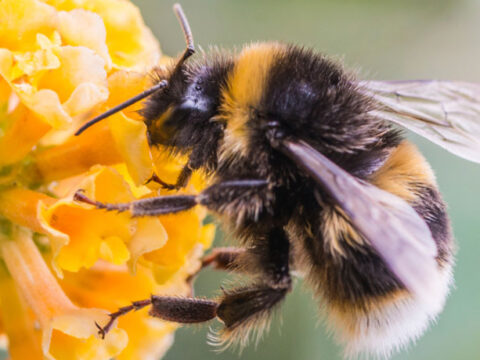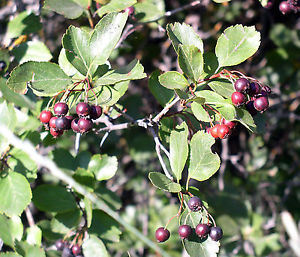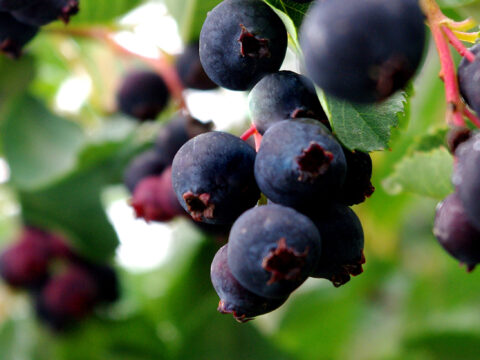
By OB8
These berries are extremely nutritious and is very well enjoyed by the native population. They were the most important plant food to the prairie Blackfoot tribe, using both the wood supply an the fruit it self. The wood is made into arrow shafts while the fruits are used in a big variety of medicines.

By OB8
Rose hips are very nutritious. the vitamin C content in them are much higher than citrus fruits. They were important in the diet of First Nations. They can be made into tea or delicious tarts.

By OB8
The berries of the elder had been used as a blue dye. The leaves and the bark has been used topically for wounds, bruises, and skin problems. The berries can NOT be eaten raw but can be made in different food. The straight stems has been used as a wind instrument wherever it grew. the stem is full of poisonous pit that can be pushed out. it results in a hollow stem that is easy to work with. It can be made into blow sticks and pipes.

By OB7
Bees, one of the most important insects on our Earth, are rapidly decreasing in numbers due to temperature increase. The bees are being affected because they need to travel to disappearing cooler areas to create new hives, the seasonal timing is changing due to the earlier flower blooming in Spring, and the bees are more susceptible to diseases.

By OB8
The dried powdered leaves or wood has been mixed with oil used as a rub for sores and swollen joints. When crushed with water it can be used as a soap that is both effective for skin and clothes. The stem can be used in making fine coiled baskets. Wood is very strong so when it is straight it can be used to make bow and arrows.

By OB6
Black Hawthorn grows at the Monteith Street Gardens. The berries contain antioxidants and some people use them to treat heart problems. They contain lots of flavonoids, which allows them to be useful in treating cardiovascular issues. Black Hawthorn is also known to reduce high cholesterol. Black Hawthorn is a small, oval shaped berry, and they have a sweet and sour taste.

By OB8
Red Cedar had many many uses. It was used for a wide variety of treatments medicinally. The bark can be used to make deep rich red, brown paper, or made clothes and baskets. It was also used for roofing. A green dye can be obtained from the leaves and twigs. The wood was very widely utilized by the First Nations. They were used for houses, totem poles, canoes, to ordinary household items such as spoons and ladles.

By OB6
Saskatoon berries grow along the banks of the Monteith Street Gardens. They contain antioxidants, protein, and fiber in high quantities. Also, they are considered a better source of calcium than red meats and vegetables. Saskatoon berries look very similar to blueberries, but are actually closely related to apples. They can be consumed fresh, but are also delicious in pies, tarts, and jams.
